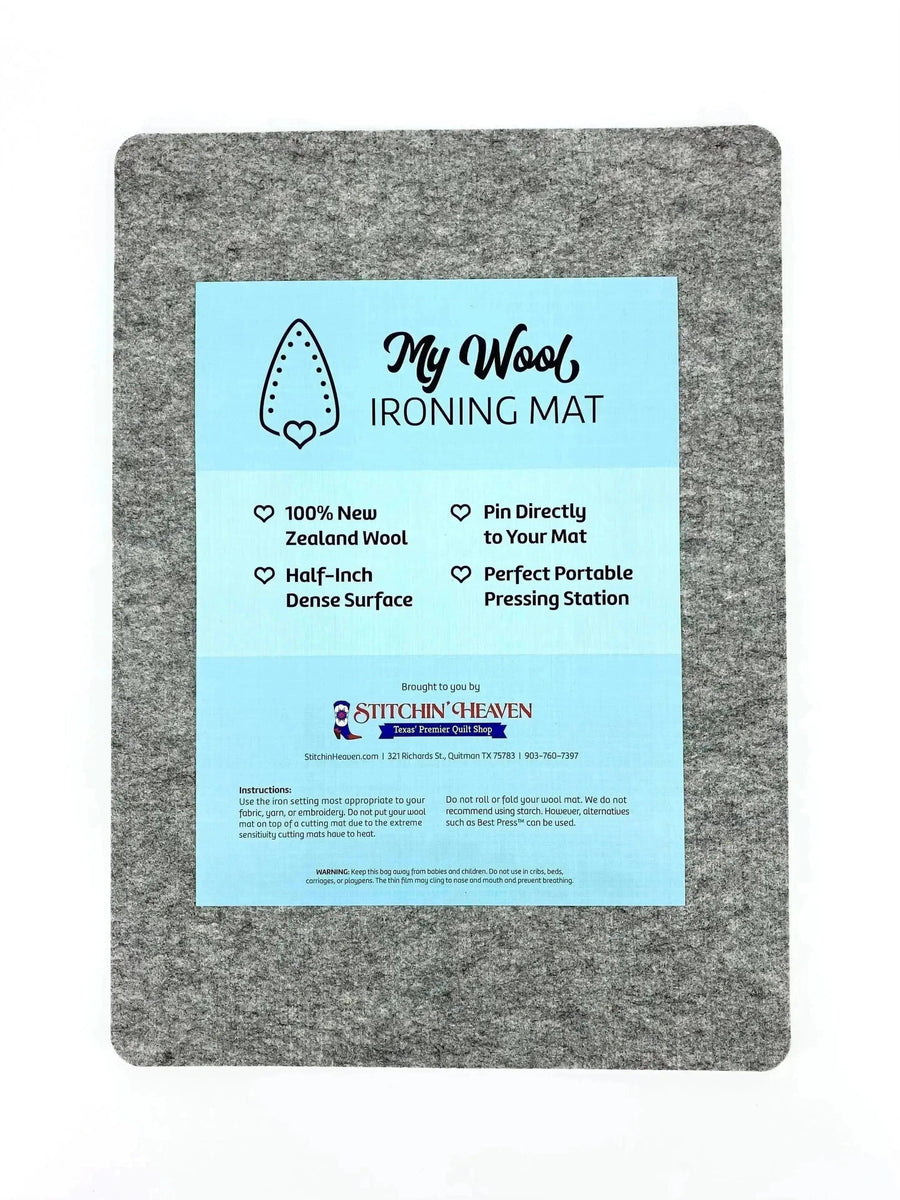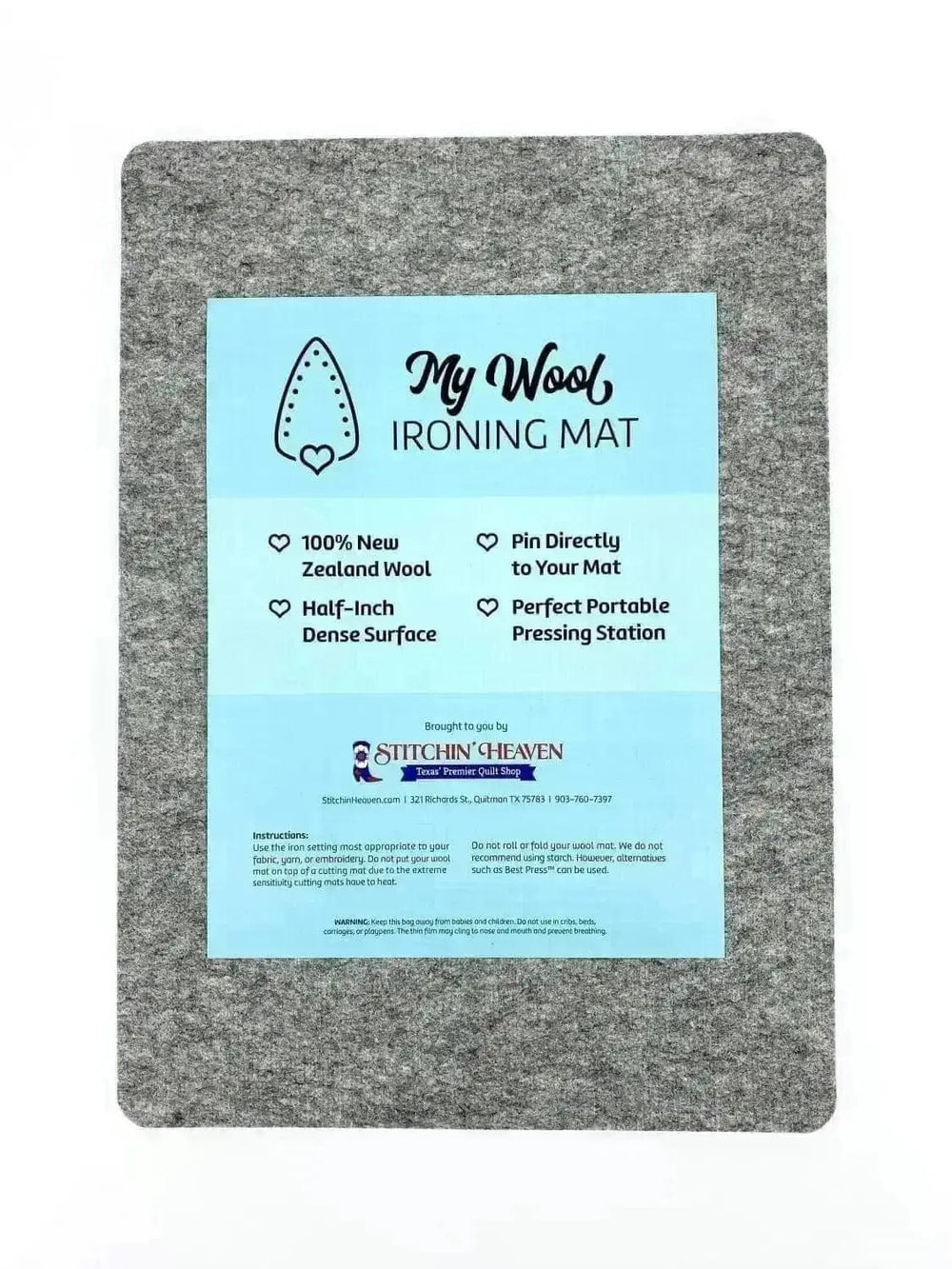Fall DIY Garment: The Blanket Shawl
How to Make a Blanket Shawl
So, you’ve been spending quite a bit of time at home now, like many of us are now. Maybe your night-time pajamas and daytime pajamas are even starting to look the same now (no judgment here!) If you’re looking for a way to spice up your quarantine wardrobe than this is the tutorial for you! You probably have one or two, or maybe even more than a few blankets around your house. You’ve also more than likely struggled, like many others, with finding the right way to wear the blanket around your cold house without it slipping off your shoulders or getting too bulky when you try to wrap it tightly around your arms. This blanket-to-shawl transformation could be just the perfect wardrobe enhancement; you’ll make all quarantine!
Supplies:
-
Blanket (ideally with the dimensions being around 50”x 60”)
-
Pins
-
Scissors (For certain materials scissors are often too harsh and will cause your cuts to be jagged so we recommend a rotary cutter) *below*
-
Rotary Cutter *optional* (Depending on the thickness of the material you will be trying to cut. We recommend the 60mm rotary cutter for thicker materials.)
-
Sewing Machine
-
Cup (or some other round object with around a 3 ½” diameter)
-
Bias tape *optional*

First, fold your blanket in half, long-ways (the long side is the side we will be putting the neck cut-out on) and then measure to the middle of your blanket and mark it using pins. Make sure that your edges are all lined up evenly! Let’s make our first cut! Remember here, if you are using scissors for this step, be very careful. If you are using a rotary cutter for this step, place your ruler about a half inch away from the fold. Don’t cut all the way to your pin, we suggest you stop a few inches short of where your pin is marking the halfway point.

Now, open up your blanket, and don’t be surprised to have quite a mess of lint everywhere, if you are using a fleece quilt for this project, you are likely to have quite a mess of lint around you.
With the cut side facing towards you, take a cup (in the video Linda uses a cup with the diameter of 3 ½”) and center it at the top where your two cut sides are still touching.

Carefully cut all the way around the cup, making sure to hold it down firmly to keep the cup from slipping. At this point, you have now made two cuts, and what those cuts might resemble to you now, is the shape of a keyhole. If you don’t want your neckline to have those two sharp corners, you can cut those off so that the neckline and the two sides are more streamlined into one, straight line.
To finish your shawl, there are several different ways we recommend binding the edges, including using bias tape. When using bias tape on your shawl, it uses the double fold. Starting with the edge which you fold under and then putting it on the edge of your blanket as you would when binding a quilt. Use pins or clips every couple of inches to ensure that the binding stays in place. When you sew the binding on, sewing both sides are optional, but for uniformity and the surest hold, sew both edges.

Another option for finishing the raw edges of your shawl is to simply fold the raw edge of your shawl to match the other already folded edges of your shawl. Most blankets come with the edges already turned under, so this could be a straightforward option for you that also allows you to have a matching edge all the way around. You can use a serger with a double-needle, but a regular setting on your sewing machine will work too. You might find that your blanket’s material is somewhat stretchy, so if you turn your raw edges under to finish your project, hand-basting before serging is a good idea. On this step, you could also opt to do a zig-zag stitch instead of serging, but again, we still suggest hand-basting your raw edge first to stabilize before you put it through the sewing machine. Now you’re all set! We hope you’re prepared to start making these for the rest of your family, too, because who wouldn’t want to rock this warm and fuzzy look through the rest of their days inside? Let us know how you’re staying comfy and warm during quarantine by sharing in the comments and posting your project pictures to Facebook! Stay safe, everyone. To play this video, view this post from your live site.





